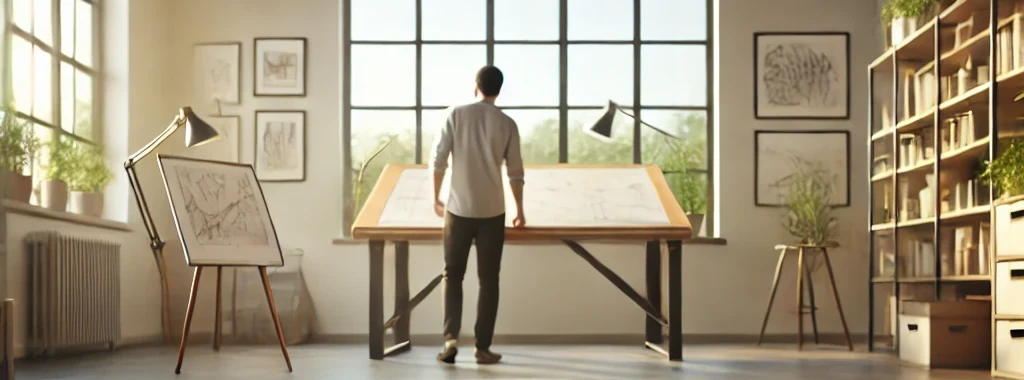
Selecting a drafting table can be overwhelming, especially with the variety of styles, sizes, and features available. Whether you're a professional architect, an artist, or a hobbyist, the right drafting table can transform your workspace, making it more functional and comfortable. In this guide, we’ll break down everything you need to know to find the perfect drafting table that suits your space, style, and budget.
What is a Drafting Table?
A drafting table is a specialized workstation designed for technical and creative work, from architectural and engineering drafting to illustration and crafts. Unlike regular desks, drafting tables have adjustable tops that tilt to provide an ergonomic work angle, making it easier on your neck, shoulders, and wrists. This versatile setup can be used not only for drafting but also for drawing, painting, viewing large documents, and other creative projects.
Step 1: Measure Your Space
Drafting tables can be substantial, so start by measuring the space where you’ll set up your table.
- For Small Spaces: Consider a portable drafting board or a foldaway drafting table. These compact options are easy to store when not in use, making them ideal for apartments or multipurpose rooms. Keep in mind, however, that foldaway tables are generally less stable than larger, fixed tables.
- For Larger Spaces: If you have ample room, a Four-Post or Pedestal drafting table offers more stability and larger work surfaces. These tables are best for regular use, as their sturdiness can support heavier projects. Note that a table’s legs will occupy a specific footprint, while the tabletop may extend beyond it.
Step 2: Choose the Right Tabletop Size
The size of the tabletop is essential for a productive workspace. Consider the scope of your projects and the materials you’ll need at hand.
Step 3: Find Your Preferred Style
Your drafting table should match your style preferences as well as your functional needs. Here’s a quick look at some popular styles and their pros and cons:

Four-Post Drafting Tables
Benefits
Sturdy, wobble-free; available with larger tops and storage options.
Drawbacks
Large and bulky; requires a permanent setup and more space
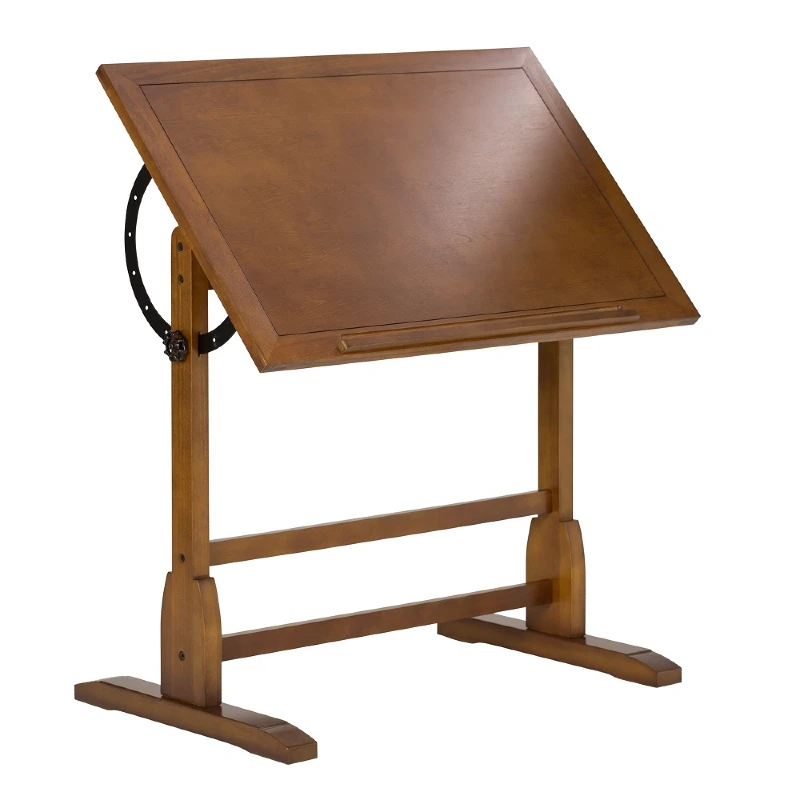
Pedestal Drafting Tables
Benefits
Greater range of tilt; easy tilt adjustment
Drawbacks
Requires ample space;

Portable Drafting Tables
Benefits
Lightweight, compact, and easy to carry; great for mobile workspaces or occasional use. Some come with parallel bar installed
Drawbacks
Limited surface area, typically lacks tilt functionality and stability
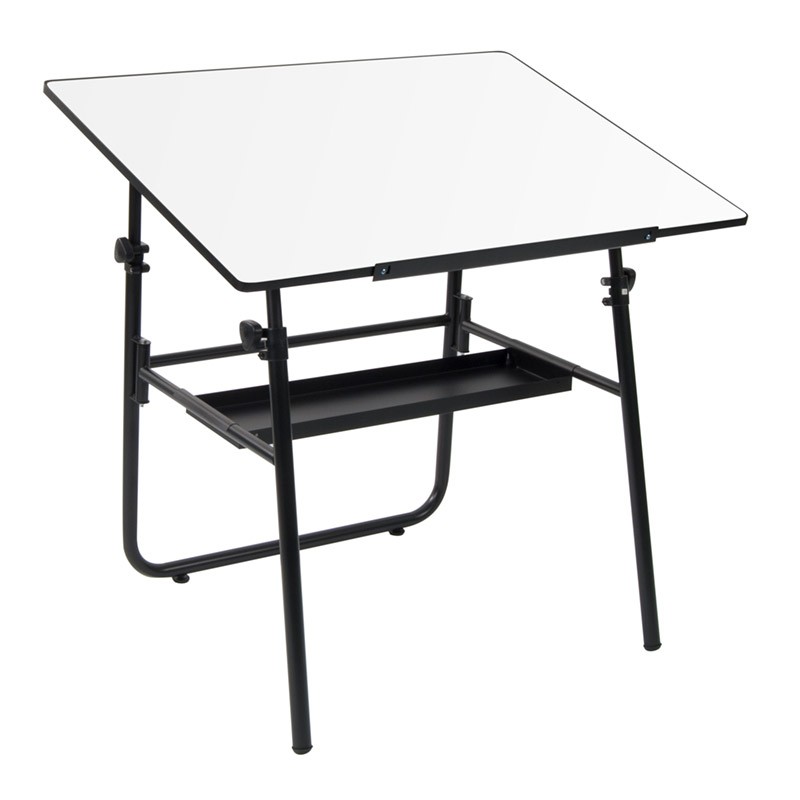
Fold-away Drafting Tables
Benefits
Portable and space-saving; budget-friendly
Drawbacks
Less stable; smaller tabletop, not for heavy-duty use
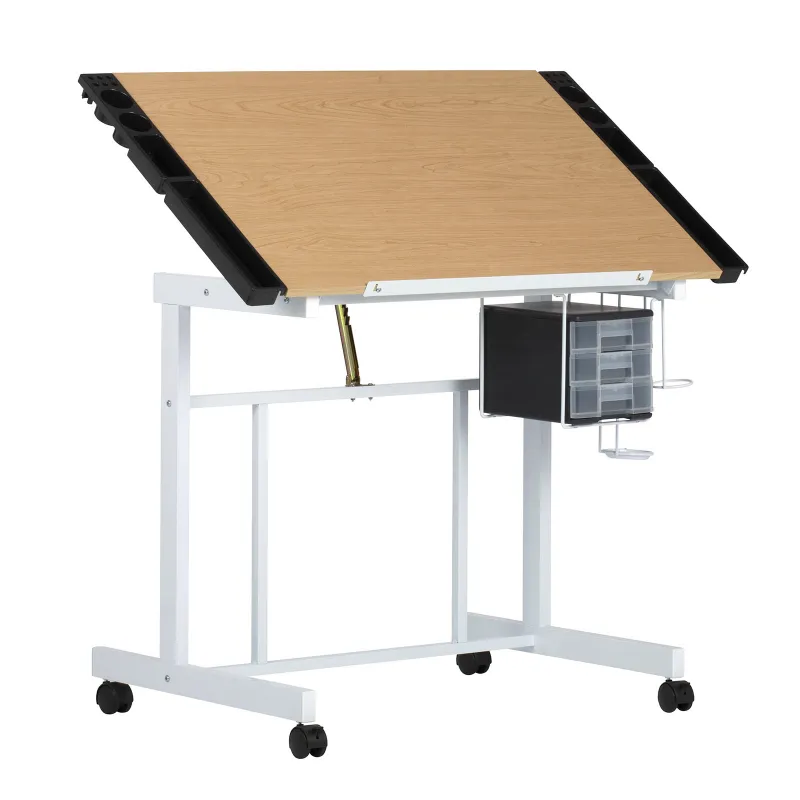
Craft & Hobby Tables
Benefits
Compact with built-in storage for hobbyists. Budget friendly
Drawbacks
Rounded corners make it hard to attach a parallel bar

Light Tables
Benefits
Backlit for tracing and layering, with smooth, illuminated surface
Drawbacks
Limited to tracing and light work; may lack tilt function. Can be very expensive.
Step 4: Consider the Tilt Adjustment Mechanism
The tilt mechanism on drafting tables varies. Some tables have preset tilt angles, while others offer continuous adjustment through gas-lift or hydraulic systems. For professionals who spend long hours at their table, a table with multiple tilt settings or continuous adjustment can make a big difference, reducing strain on your back and neck.
Step 5: Look for Height Adjustability
Drafting tables with height adjustment capabilities allow you to alternate between sitting and standing, helping with posture and overall comfort. Many tables now offer smooth height adjustments with levers, cranks, or electronic controls. Height adjustability is especially useful for shared workspaces, allowing different users to customize the table to their height preferences.

Adjustable Height Table - Goes from Sitting to Standing

30" - Sitting/Office Height

37"H Standing/Drafting Height
Step 6: Evaluate Materials and Durability
Drafting tables come in wood, metal, laminate, and sometimes glass. Each material impacts durability, aesthetics, and weight:
- Wood drafting tables are classic and stable, ideal for traditional workspaces.
- Metal drafting tables tend to have a sleek, modern look, and they’re highly durable.
- Laminate or tempered glass tops are smooth and easy to clean but may require protective covers for drafting.
Choose a material that complements your workspace's style and supports the type of work you'll be doing.
Step 7: Choose the Right Accessories
Complete your drafting table setup with a few essential accessories:
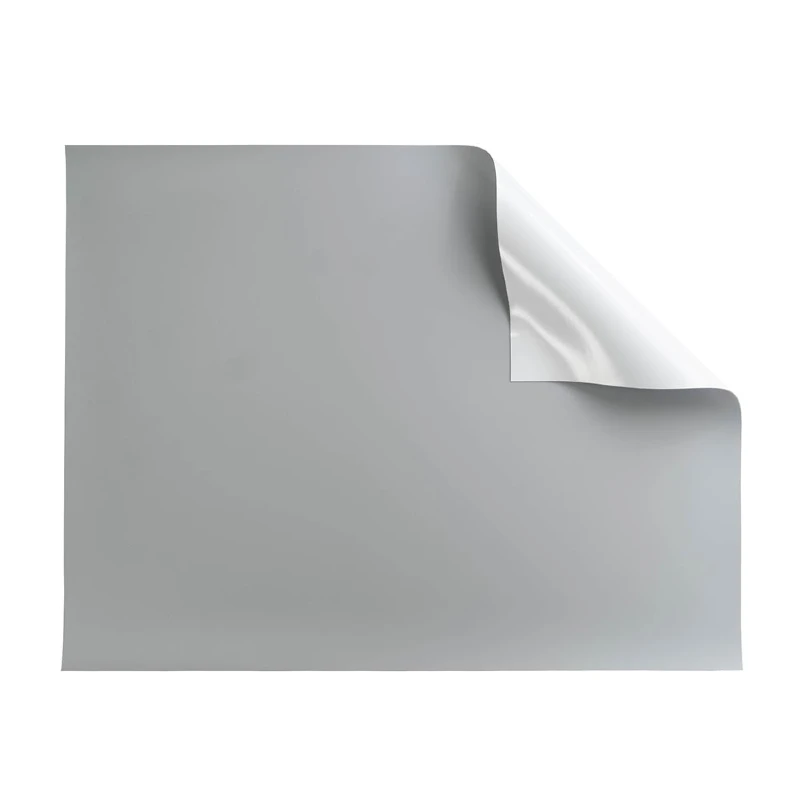 Drawing Board Cover
Drawing Board Cover: Protects the tabletop from ink stains, cuts, and general wear.
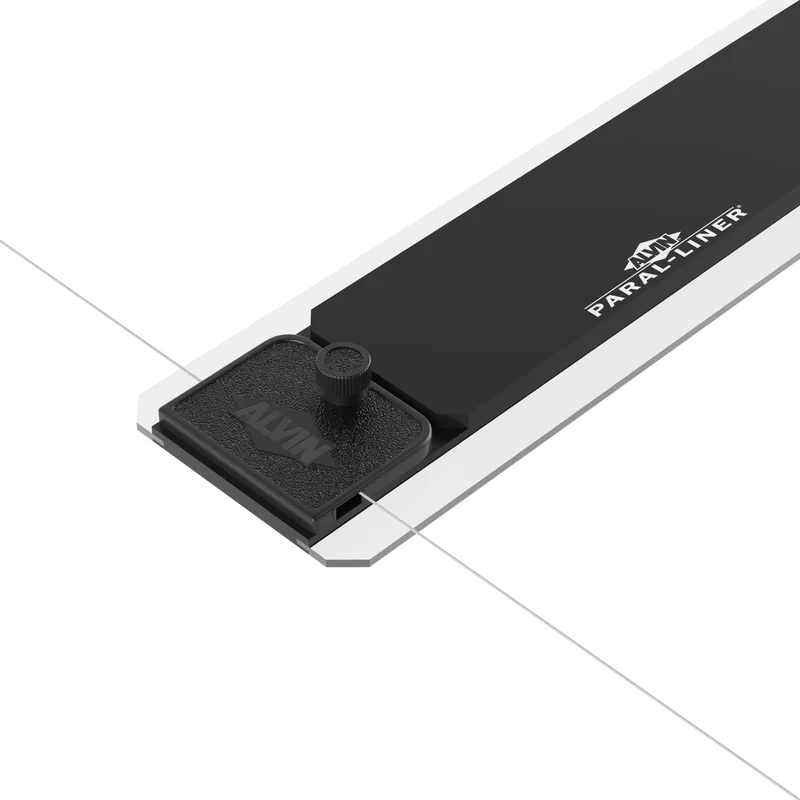 Straightedge Parallel Bar
Straightedge Parallel Bar: Ensures straight, accurate lines—a must-have for drafting.
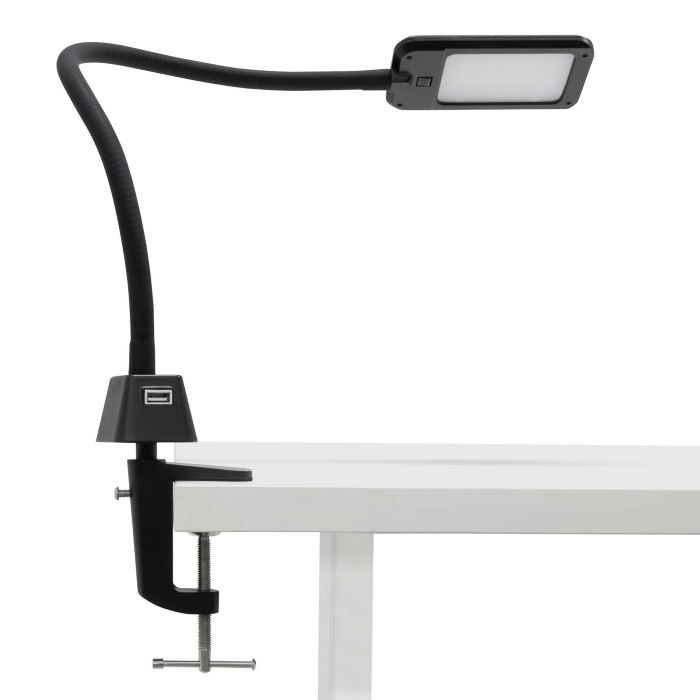 Lighting
Lighting: Drafting lamps that attach to the table provide bright, focused light for detailed work.
 Drafting Chairs and Stools
Drafting Chairs and Stools: Adjustable-height seating pairs well with drafting tables, offering better ergonomic support.
Step 8: Set a Budget
Drafting tables range widely in price based on size, features, materials, and brand. While budget-friendly options are great for beginners, professionals may find that investing in a higher-quality table pays off in terms of stability, durability, and comfort. Decide on a budget and prioritize features that align with your long-term needs.
Drafting Table Buying Checklist
To simplify your search, use this quick checklist:
- Space: Do I have enough room for a stationary table, or do I need a portable, foldaway option?
- Tabletop Size: Will the tabletop comfortably fit my paper, tools, and any reference materials?
- Tilt Mechanism: Is the tilt adjustable enough for my needs?
- Height Adjustability: Do I need a table that can switch from sitting to standing height?
- Material: Which material suits my style and durability needs?
- Accessories: What essential add-ons (like a parallel bar or lamp) will complete my setup?
- Budget: What’s my budget, and what features are non-negotiable?
Ready to Find Your Ideal Drafting Table?
Selecting the right drafting table and accessories can elevate your work, making it more comfortable and efficient. Explore our collection of drafting tables, chairs, and accessories to create a workspace that’s as functional as it is inspiring.